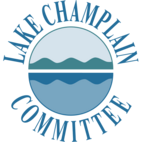Lake Look - Duckweed: Little Plant, Big Misconceptions
From afar, a patch of bright green on any body of water is cause for alarm: we are too used to the sight of cyanobacteria plaguing shallow waters close to shore. But get closer to determine what you’re seeing. It may be neither cyanobacteria nor algae, but tiny, individual plants known as duckweed.
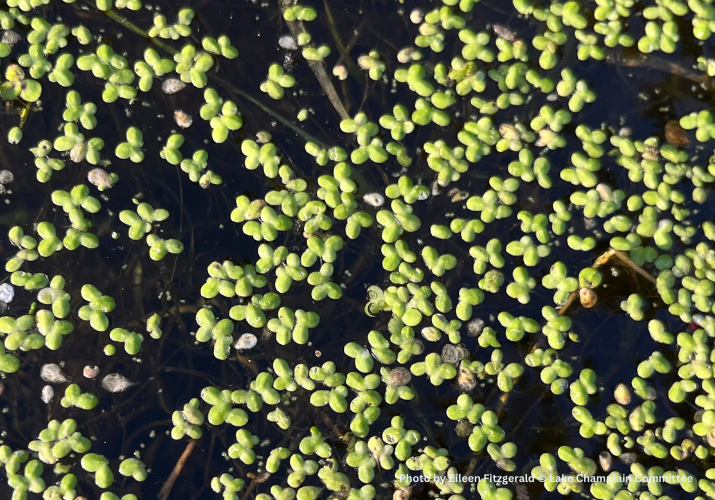
Lemna minor is the most common species of duckweed in Lake Champlain and the surrounding area, but there are four known native species of the Lemna genus in Vermont and five in New York. The aquatic perennial plant is probably the smallest flowering plant you’ve ever seen, and yes, you most likely have seen it. An individual plant consists of one to four leaf-like fronds, each about the size of an uncooked grain of sushi rice or smaller, and a wispy little root floating freely below. It is the smallest known flowering plant in the world. Although tiny, it is quite cosmopolitan (the scientific term for a species whose range extends all over the world)—Lemna species are found on every continent except for Antarctica, in calm freshwater and in wetlands and slow-moving streams.
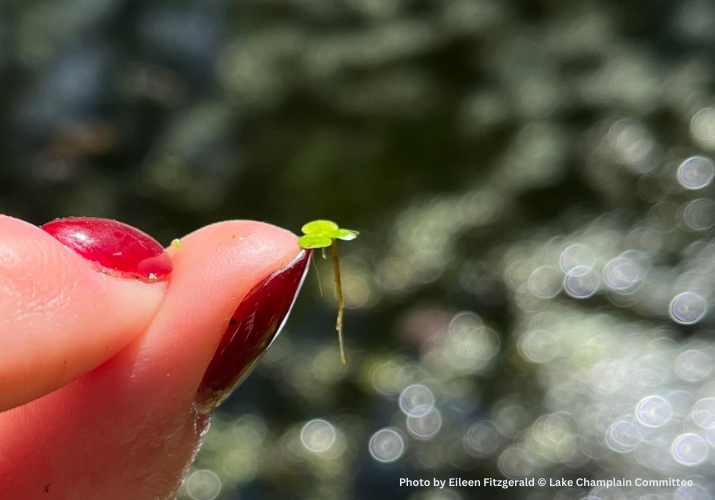
Duckweed reproduce both sexually with flowers and asexually through propagation. The flowers consist of two microscopic staminate (male) flowers and one tiny pistillate (female) flower grouped in a little pouch. Due to both its size and its rarity, the flower is hardly seen. It is much more common for duckweed to reproduce by forming chains of new stems from its vegetative buds. A single bud produces a new “daughter” bud about once a day, which explains why duckweed can proliferate on a pond or a pocket of shoreline so quickly. Most duckweed species produce vegetative overwintering structures known as turions, which sink to the bottom of the water in the fall. Starchy and resistant to frost, they lie dormant in the lake or pond bed for the winter. Come springtime, warming waters cause the turion to metabolize rapidly, which allows it to float back to the surface and grow into its normal duckweed form.
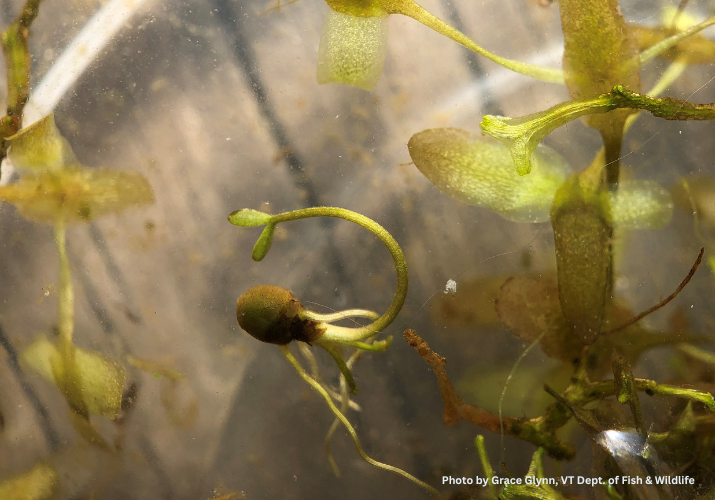
This little plant catches a lot of flack. Top internet search hits for the plant yield advice on eradication from ponds or aquariums. Indeed, though it is native to North America, duckweed is often mistakenly referred to as an invasive plant because of its rapid reproduction and ability to proliferate. While in some situations, duckweed might be considered a “nuisance” species, it is not invasive because it is native to Lake Champlain and surrounding waterbodies. Due to their size and their propensity to grow together in mats, they are also commonly mistaken for cyanobacteria blooms or algae. You need to get close to distinguish them: duckweed is made up of individual flattened floating leaves, while cyanobacteria have no leaves and are microscopic as individuals. They both like similar conditions: warm water, little wind or wave activity, and the key ingredients of nutrients—plenty of nitrogen and phosphorus.
Like many invasive plants with similar abilities to cover the water, duckweed can block sunlight out from submerged plants. As such, in some parts of the country duckweed are sometimes the subject of dubious control measures ranging from introducing carp to feed on the plant, aerating water, or applying potentially harmful herbicides. This strategy is not recommended by professionals: State Botanist with the Vermont Dept. of Fish & Wildlife Grace Glynn notes that duckweed, being a native plant that supports a whole host of wildlife, should not be removed especially through chemical means: “eradicating duckweed through herbicide use only intensifies the underlying water pollution problem and will likely create a feedback loop as water quality worsens. Alternatively, letting duckweed grow may actually improve water quality.”
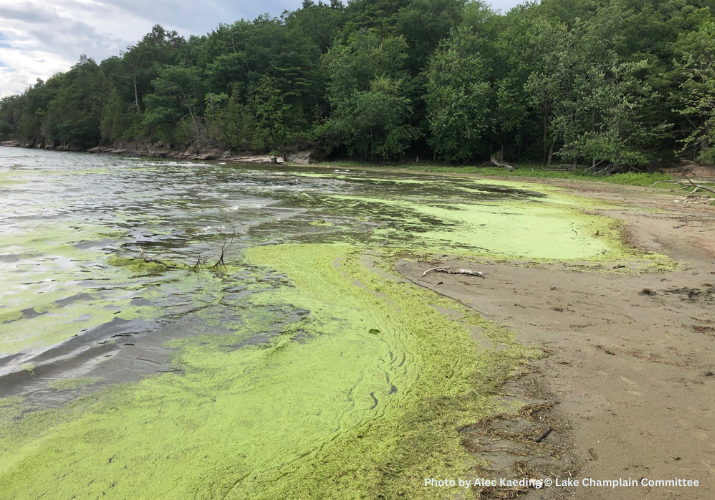
While dense growth of duckweed is fueled by similar conditions that trigger cyanobacteria blooms, duckweed does not have the ability to release toxins like cyanobacteria does. Leaving duckweed in place ultimately helps remove excess nutrients from the water. While dense growths of duckweed can block sunlight, the plant needs consistently stagnant water with little wind action to do this, and even when it does stick around, it also acts as a natural mosquito shield that prevents large hatches of the insect. It is an important food source for many waterfowl (including, of course, ducks such as mallards, Muscovy, and wood), as well as muskrats, beavers, and several types of fish. Dragonflies and damselflies tend to alight on duckweed for a rest or to lay eggs.
More recently, scientists have paid attention to the potential of Lemna species. It is edible not only to ducks. Humans can eat duckweed—it has a protein content of up to 45% and a rich supply of antioxidants and a propensity for taking on the flavor of the water its grown in. But don’t go out and forage for duckweed—while it can take in nutrients readily, it also uptakes just about everything else from the water on which it grows, including heavy metals and toxins. NASA has been researching duckweed as a hydroponic green for astronauts since the plant requires no soil or growing medium other than water—making it an even more cosmopolitan species.
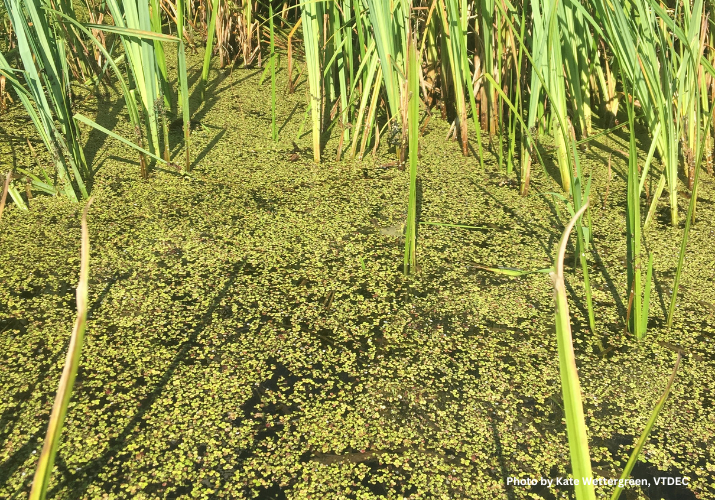
Duckweed’s ability to remove excess nutrients or toxic metals from water bodies as a form of phytoremediation (the practice of using plants to clean up contaminated environments) is also being investigated. It has been used in wastewater treatment and has shown to be effective at removing a whole host of contaminants, including nitrogen and phosphorus, organic agrochemicals, pharmaceuticals, heavy metals and metalloids, and other industrial organic compounds. The Lemna Wastewater Treatment Plant in Devils Lake, North Dakota relies on duckweed to eliminate contaminants and treats up to 3.5 million gallons of wastewater per day. According to a report published by the city of Devils Lake,the plant removes up to 91% of the phosphorus in the wastewater, and study from the University of North Dakota found 80% reduction of lead.
Glynn agrees that duckweed is an undervalued native plant species. Their occasional overabundance is a symptom of a larger problem. “I think the best thing we can do to keep our aquatic systems in balance is to keep working to reduce nutrient loading in our lakes and ponds and good ecological results will follow.” Glynn notes. “We do have an abundance of non-native invasive aquatic species, and I think it’s important to embrace native species that can hold their own and continue to provide valuable functions for wildlife in the face of rapid change.”
Lake Look is a monthly natural history column produced by the Lake Champlain Committee (LCC). Formed in 1963, LCC is a bi-state nonprofit that uses science-based advocacy, education, and collaborative action to protect and restore water quality, safeguard natural habitats, foster stewardship, and ensure recreational access. You can join, renew your membership, make a special donation, or volunteer to further our work.
